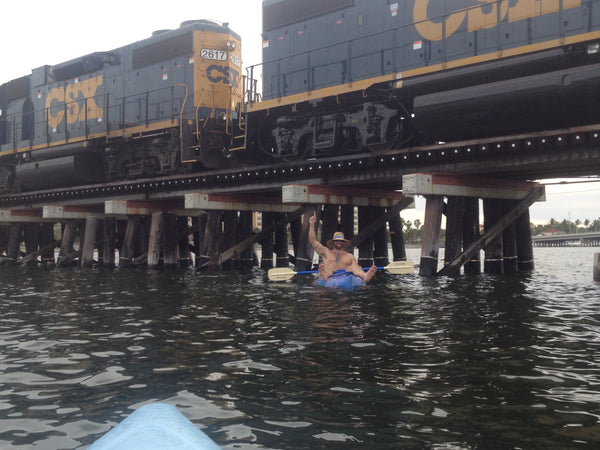Kayak vs. Canoe: Choosing Your Watercraft Companion
When it comes to personal watercraft for waterborne adventures two popular choices stand out: the kayak and the canoe. Each offer its own unique advantages and disadvantages, catering to different preferences and styles of outing. Let's dive into the pros and cons of each:
Kayak Pros:
Maneuverability: Kayaks are designed for agility, making them ideal for navigating narrow waterways and tight spaces. Their sleek, streamlined hulls allow for quick and precise maneuvering, making them a favorite among adventurous paddlers.
Stability: Most kayaks have a lower center of gravity compared to canoes, providing greater stability in choppy waters and rough conditions. This stability makes kayaks suitable for activities such as fishing, photography, and wildlife observation. Some are even waterproof.
Solo Paddling: Kayaks are well-suited for solo paddlers, offering greater control and efficiency when navigating solo expeditions. Many kayaks are designed with single-seat configurations, allowing paddlers to enjoy solitude and independence on the water.
Kayak Cons:
Limited Space: Kayaks typically have less storage space compared to canoes, limiting the amount of gear and equipment that can be carried on board. This can be a drawback for longer trips or expeditions requiring extensive gear.
Less Passenger Capacity: While some kayaks are designed to accommodate multiple passengers, they generally have a lower passenger capacity compared to canoes. This can be a limiting factor for group outings or family excursions.
Canoe Pros:
Spaciousness: Canoes offer ample space for passengers and gear, making them well-suited for family outings, group expeditions, and multi-day trips. Their open design allows for easy access and comfortable seating arrangements, accommodating multiple passengers with ease.
Accessibility: Canoes are generally easier to enter and exit compared to kayaks, thanks to their open design and higher seating positions. This accessibility makes canoes a popular choice for paddlers of all ages and skill levels, including families with young children and older adults.
Canoe Cons:
Maneuverability: Canoes are less agile and maneuverable than kayaks, particularly in narrow waterways and tight spaces. Their broader hulls and higher profiles can make them more challenging to navigate in fast-moving currents or congested areas.
Wind Resistance: Canoes are more susceptible to wind drift compared to kayaks, requiring greater effort to paddle against strong winds or currents.
In conclusion, both kayaks and canoes offer unique benefits and drawbacks, catering to different preferences and paddling styles. Whether you prioritize maneuverability, stability, storage capacity, or passenger comfort, choosing the right watercraft ultimately depends on your individual needs and preferences. Take the time to consider the pros and cons of each option, and select the watercraft that best suits your paddling adventures on the open water.



